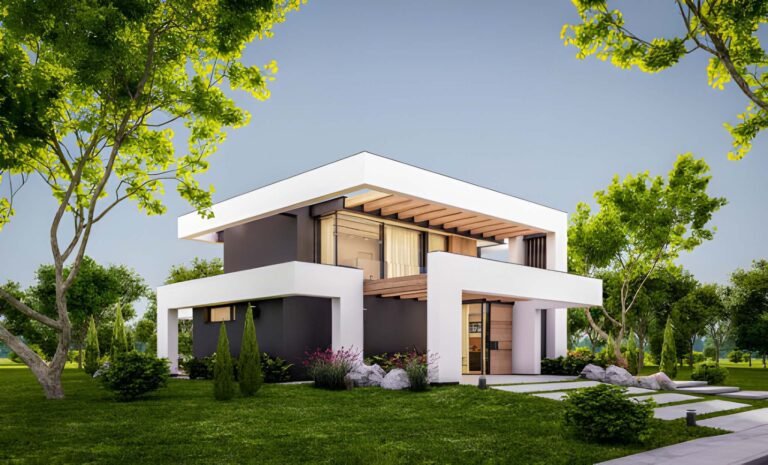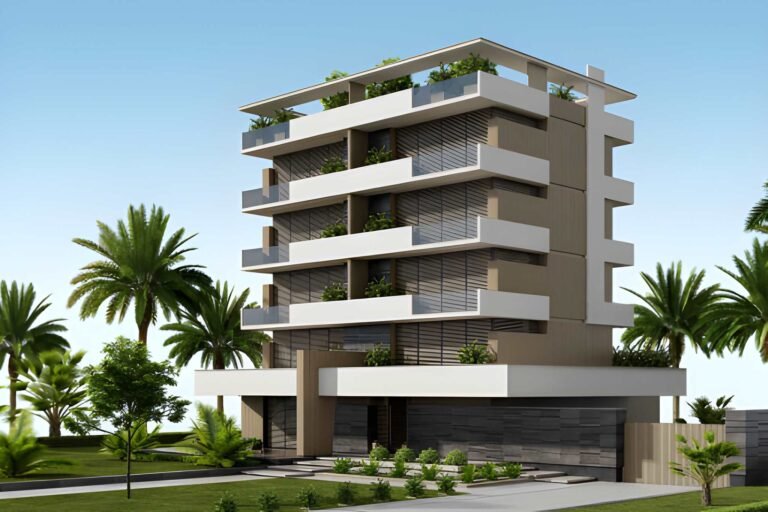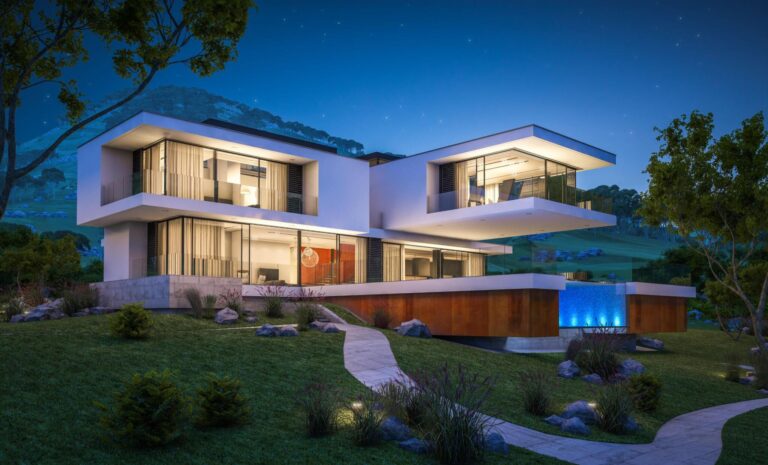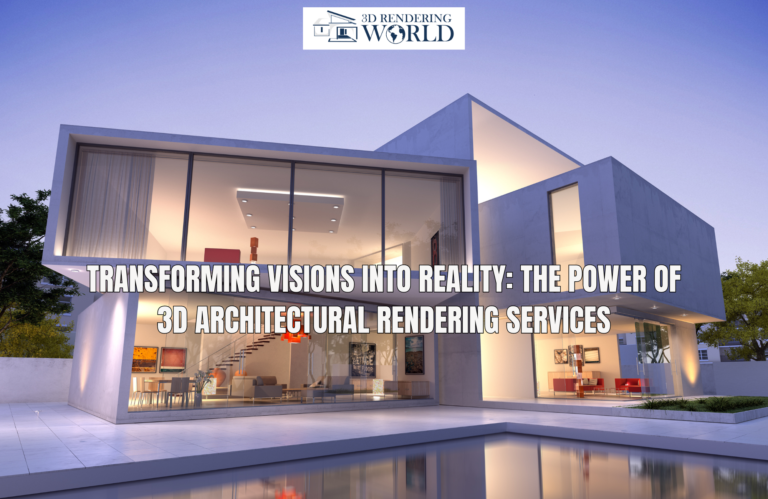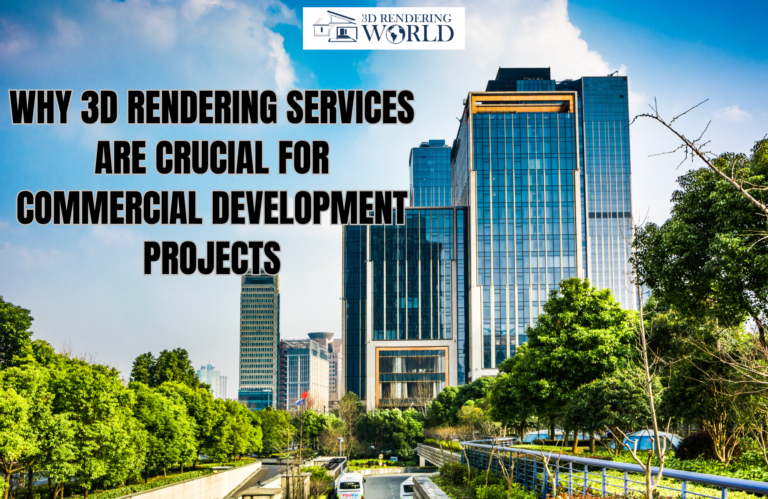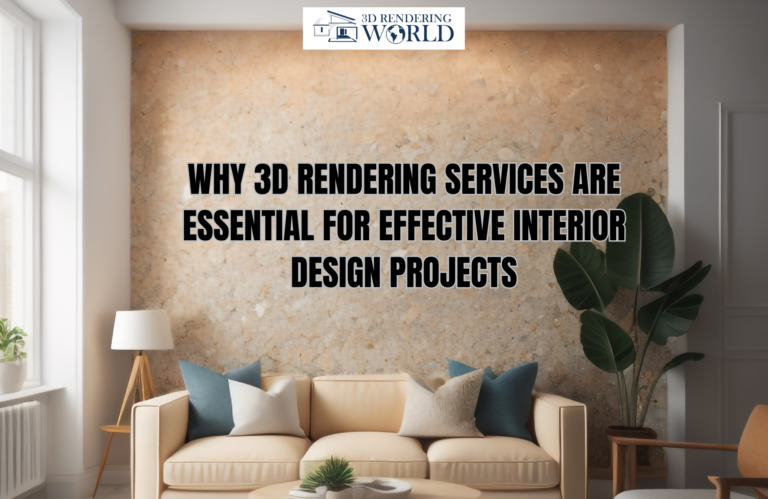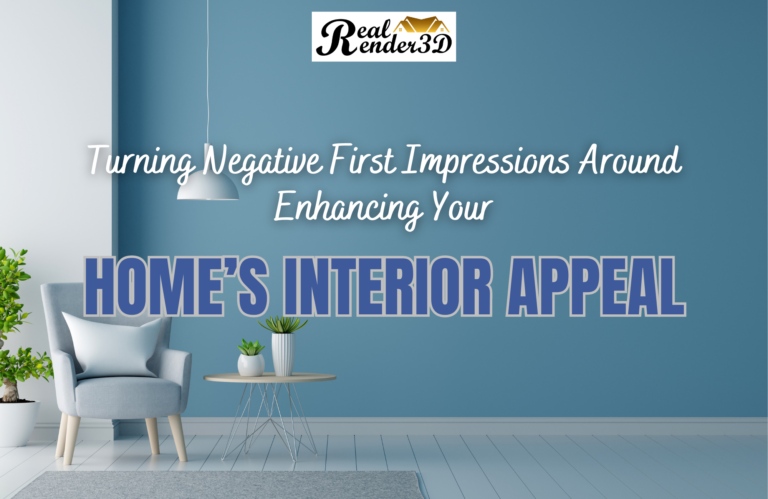Introduction
3D rendering has become an excellent tool for architects, interior designers, and real estate professionals. With the ability to create photorealistic visualizations, 3D renders take designs from concepts to completed visions. For architectural and interior design projects, 3D rendering brings spaces to life, revealing to clients fully furnished interiors, exterior building views and everything in between.
Overview of 3D Rendering
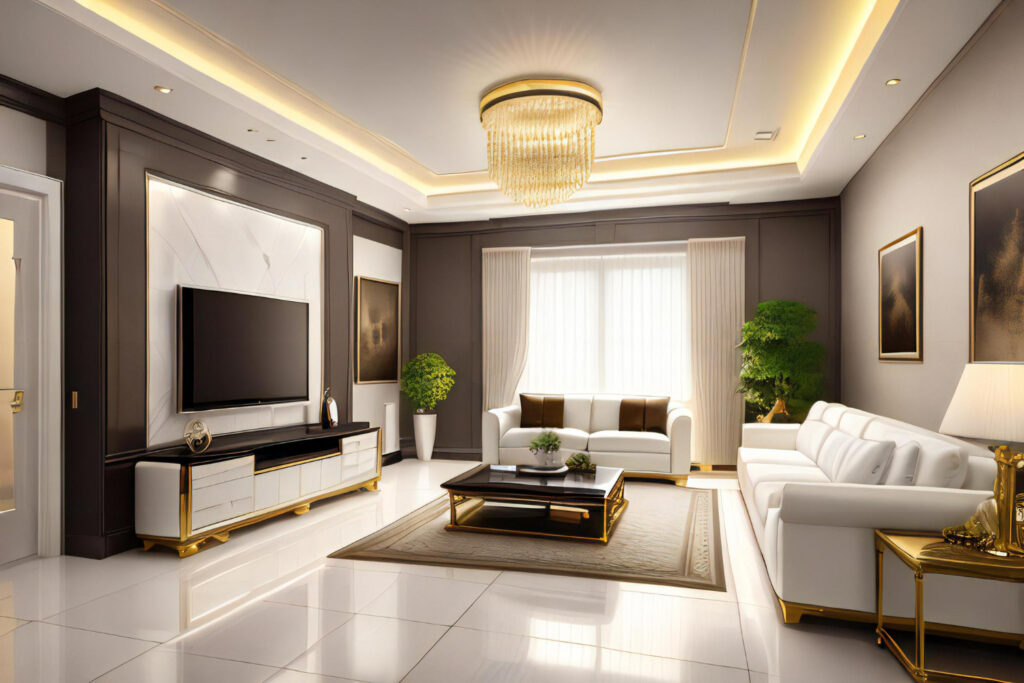
3D rendering generates photorealistic images using 3D modelling software. The process begins by building models of 3D architectural designs, interior spaces, floor plans, furniture, finishes, lighting and more. Materials are added to apply colors, textures and patterns. Virtual lighting emulates real-world illumination. Finally, the software renders the scene using sophisticated algorithms to imitate how light bounces around the surroundings. The final result is a highly realistic animation or image. Check out 3D Rendering Services Deliver Detailed Interior Renderings for more details.
Benefits of Using 3D Renders
There are many advantages of using 3D rendering in design projects by architects and interior designers;
- Visualize designs in realistic detail– renders allows you to see them as they appear in real life, with proper lighting, perspectives and materials. This brings concepts to life with the help of 3D Visualization.
- Make an impression on Clients and Stakeholders– Photorealistic 3D renders are powerful presentation tools that please clients. They reveal design in interactive and understandable ways.
- Make informed decisions– Identify and correct errors before renovation/construction using 3D renders, saving money and time. This also accelerates the entire project timeline.
- Conveying accurate design intent- Both 3D interior rendering and exterior rendering help clients in design visualization. Renders minimize miscommunication between design teams, contractors and clients by showing completed designs.
- Market Commercial/Residential Properties– Beautiful 3D renders attract attention and give buyers a realistic virtual tour of spaces. Clients are provided with an immersive encounter of the property.
Photorealistic 3D Rendering Process
To deliver the best 3D-rendered images, walkthroughs and videos for design projects, the following process is followed;
1. Planning and Conceptualization
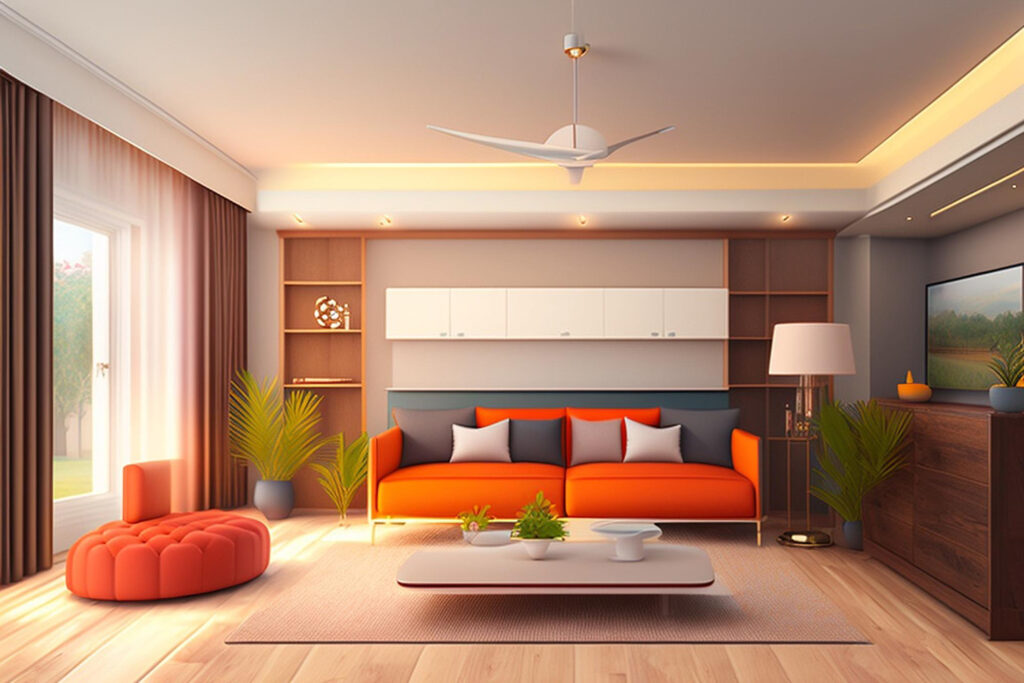
A meetup is organized with the client to ensure they completely comprehend the vision and project requirements. Here, 3D rendering experts suggest ideas to make the architectural design outstanding.
2. 3D Modelling and Detailing
3D modelers create highly detailed 3D models of architectural designs using 3D modelling software like 3Ds Max, Revit, etc. Everything is modelled to scale with the highest level of detail in surface materials, geometry and lighting.
3. Adding Material Properties
It has detailed textures and materials like granite, metal, wood, etc. This facilitates the achievement of a hyper-realistic look and feel for 3D-rendered images, especially 3D Floor plans.
4. Immersive Lighting and Camera Work
3D artists set up proper lighting to create realistic highlights and shadows. Camera angles are positioned to provide the best perspectives of designs.
5. Photorealistic Rendering
Photorealistic renders with depth, reflections, lighting, and shadows resembling real-world scenes are generated using global illumination and raytracing.
When to Use 3D Renders for Architecture and Interiors

There are several stages in the design process where 3D rendered models and images are of value;
1. Conceptual and Schematic Design
During the early stages of design, creating 3D massing studies and interior layouts to examine basic scoping and spatial configurations is essential. Rendered models and animations enable clients to comprehend abstract 2D Plans and elevations easily.
2. Design Development
As details are processed, 3D interior renderings will be produced, revealing materials, furnishings, lighting, and more. Clients can approve designs visually instead of interpreting 2D drawings through 3D rendering services.
3. Construction and Documentation
Generate detailed 3D renders matching final drawings to ensure constructability and reduce risks during construction. Recognize errors like ceiling height obstacles before construction.
4. Marketing and Sales
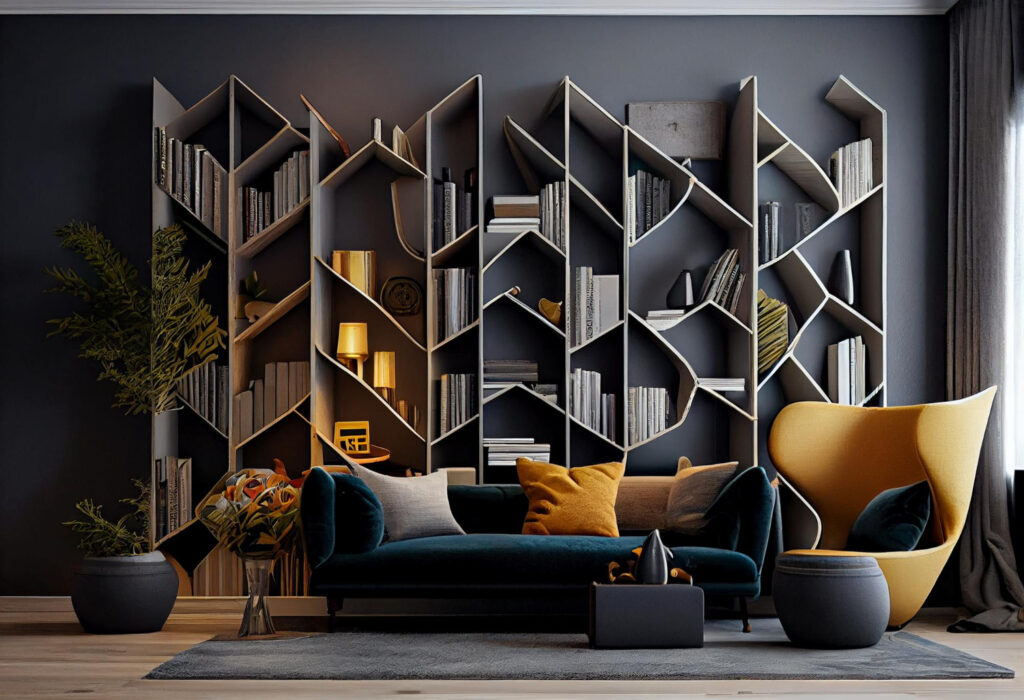
Create Realistic 360 VR house tours and interior renders to market commercial spaces and residential developments to potential buyers and tenants. 3D rendering services exhibit design features and give a virtual walkthrough.
Tips to Produce Photorealistic Renderings
The following tips produce ways of creating stunning photorealistic architectural and interior renderings.
- Use accurate 3D models matching architectural plans and interior design layouts.
- Apply materials and lighting that are true to life. Refer to samples, specs and photography.
- Show accessories, fixtures, furniture, landscapes, staff of people, etc. Populated spaces appear more realistic.
- Render at high resolutions appropriate for large-format presentations and print.
- Represent spaces at human scale and eye-level perspective for relatability.
- Capture architectural exteriors at optimal angles, displaying key features.
- Create a balance between artistic expression with client expectations and design intent.
Conclusion
To sum up, photorealistic 3D interior renderings are essential for contemporary design since they provide unmatched clarity and immersive experiences. They enable designers and clients by bridging the gap between conceptual vision and physical reality, guaranteeing that every place is flawlessly envisioned before creation. The potential for these renderings to revolutionize interior design is boundless as technology develops, offering even more amazing visualizations down the road. Check out The Benefits of 3D Rendering Services for Interior Design Projects for more details.
Frequently Asked Questions
Photorealistic 3D interior renderings are digital images that are highly detailed using sophisticated 3D modelling software. They correctly represent an interior space's design, lighting, materials and textures, providing a life-like preview before actual construction begins.
These renderings are a powerful tool for interior designers, allowing them to deliver their ideas and concepts to stakeholders and clients. They assist in making informed decisions, enhancing approvals and making revisions effectively.
Photorealistic renderings can significantly minimize the expenses and time that come with miscommunications or misunderstandings by giving a clear visual representation of the final project. They allow adjustments electronically before any pricy physical changes are made.
Advanced 3D modelling and rendering software like Bolender, SketchUp and Autodesk 3Ds Max are used. These tools use potent algorithms to emulate shadows, lighting and textures, creating images that look real.
Yes, with modifications of 3D rendering software and the presence of skilled freelancers, small-scale projects can afford photorealistic renderings, leading to high-quality visualisations that are easily accessible.
Clients gain a clear understanding of the proposed design, allowing them to make informed decisions, provide timely feedback and visualise the potential of their investments. This ensures that their needs and expectations are met.
The future looks promising, with growth in virtual reality and Artificial Intelligence providing more illuminating and effective methods to create and encounter photorealistic renderings, further transforming the design and presentation process in the industry.


